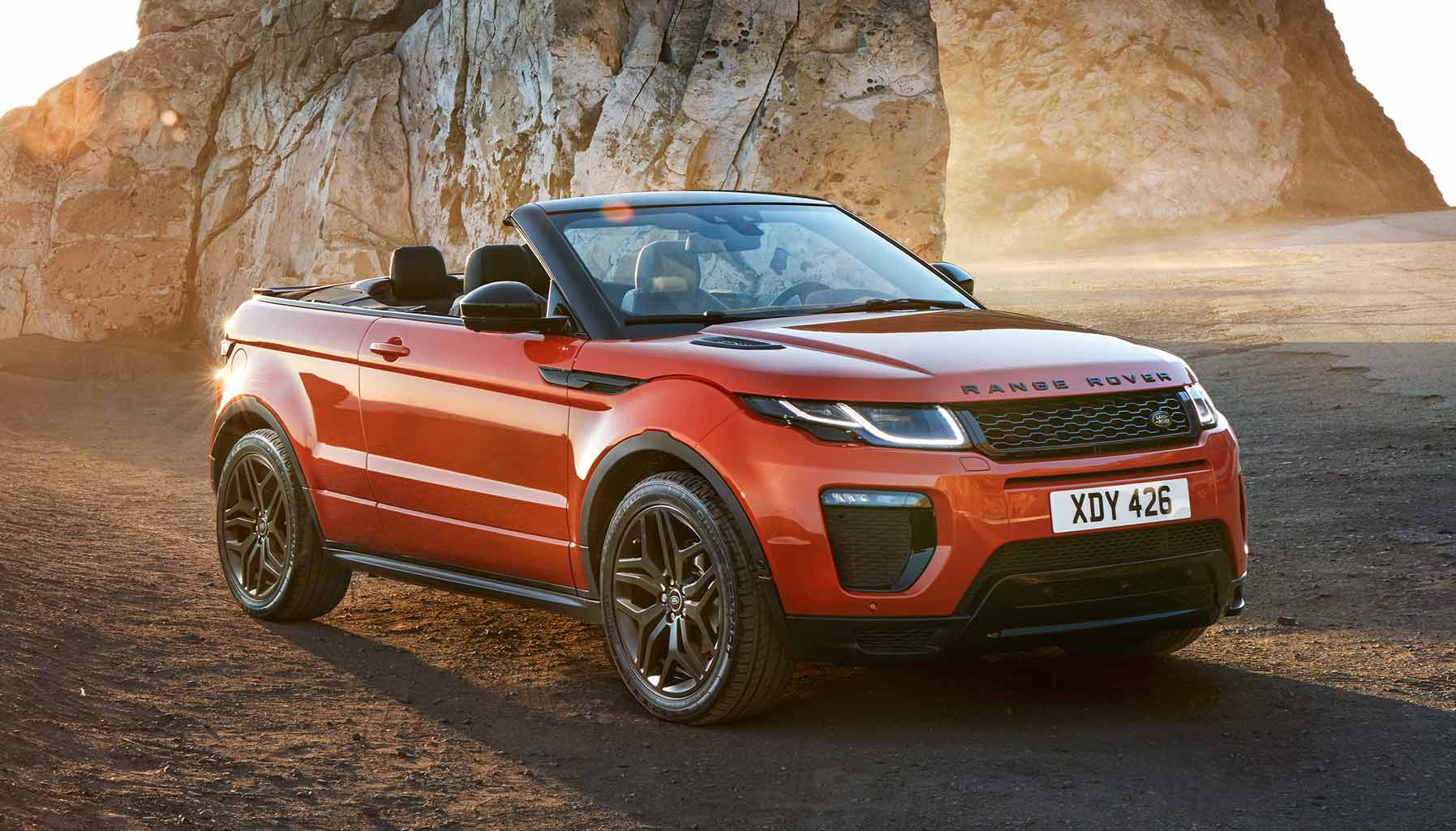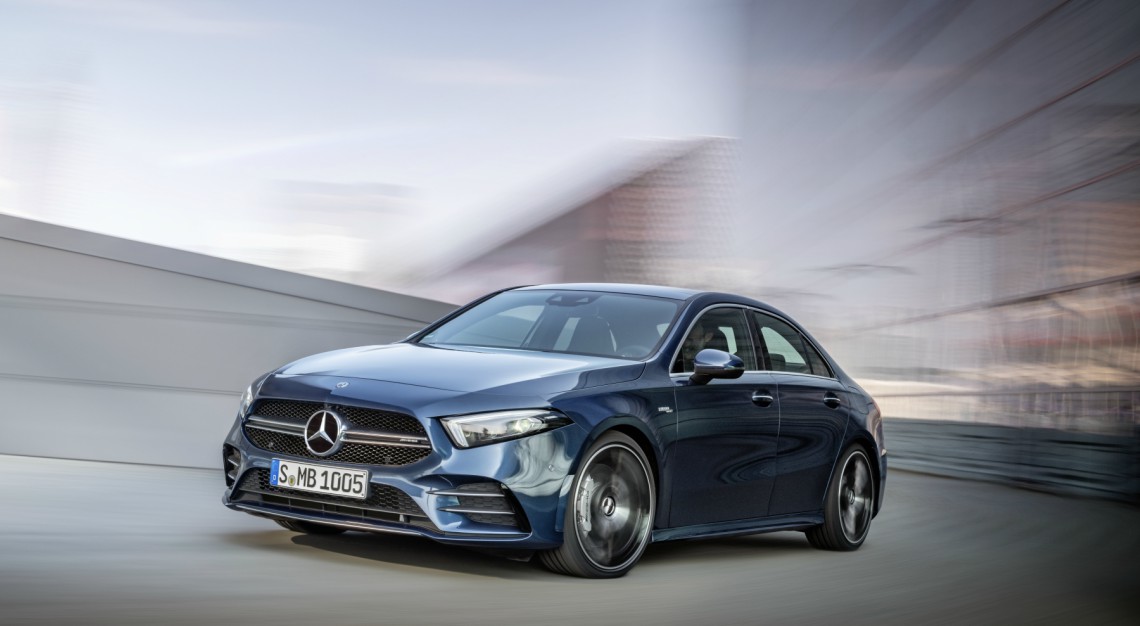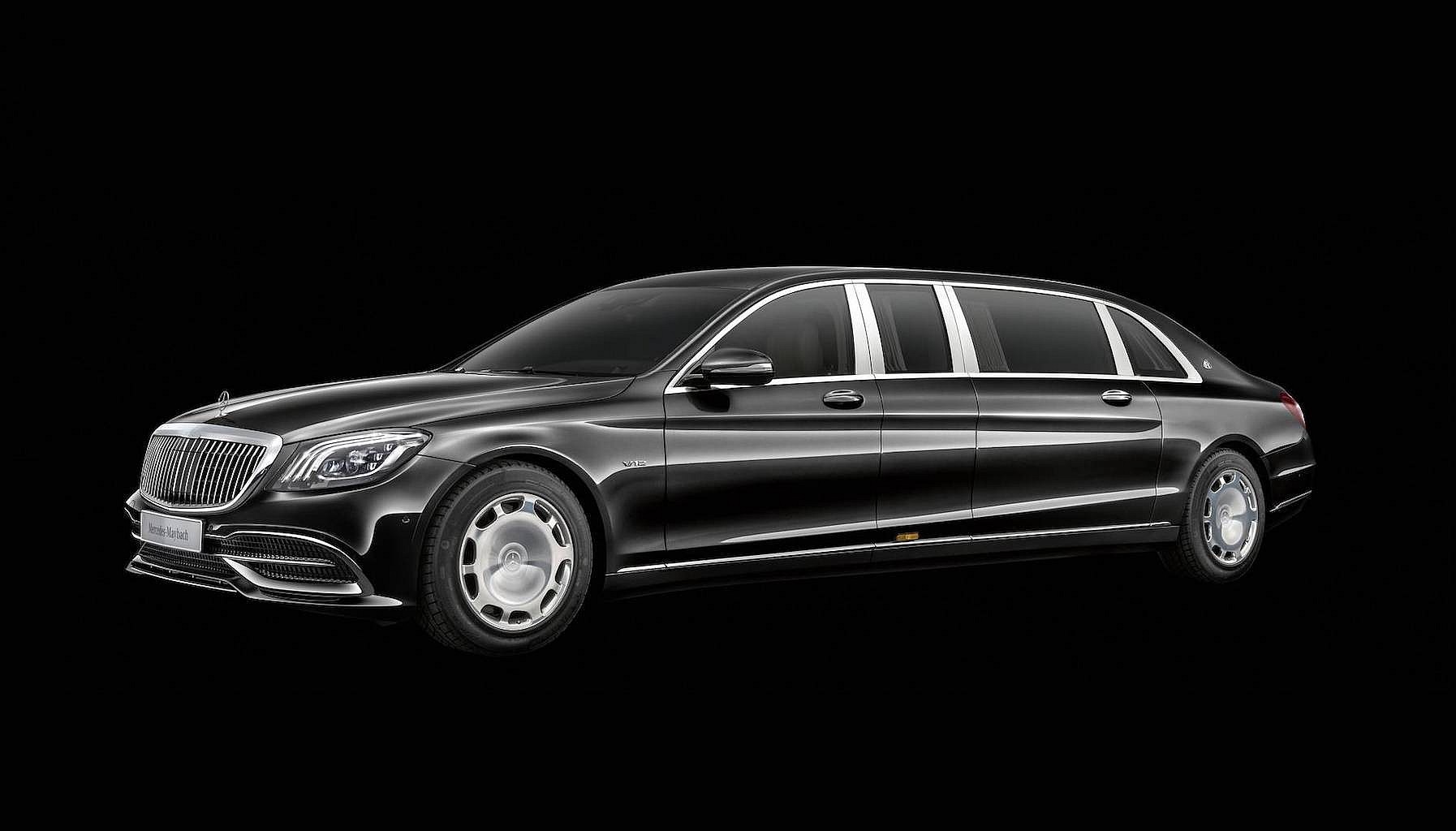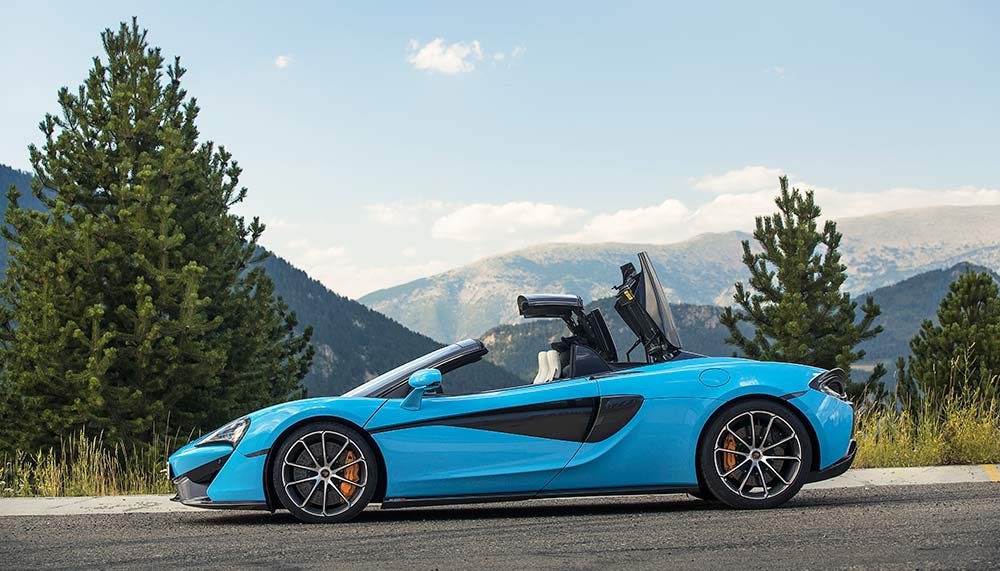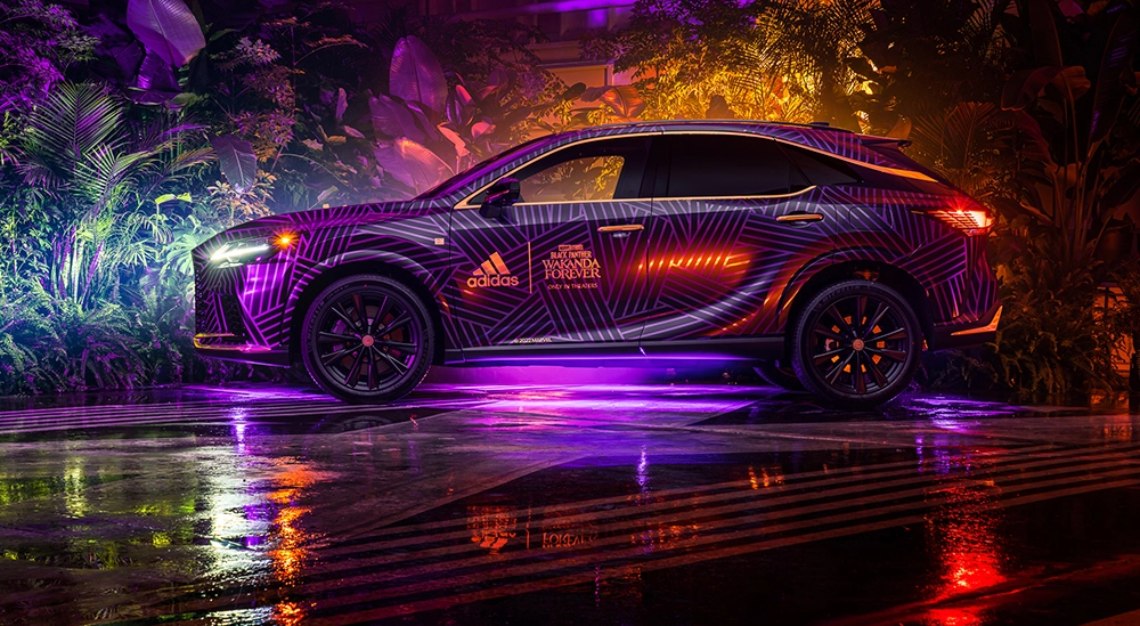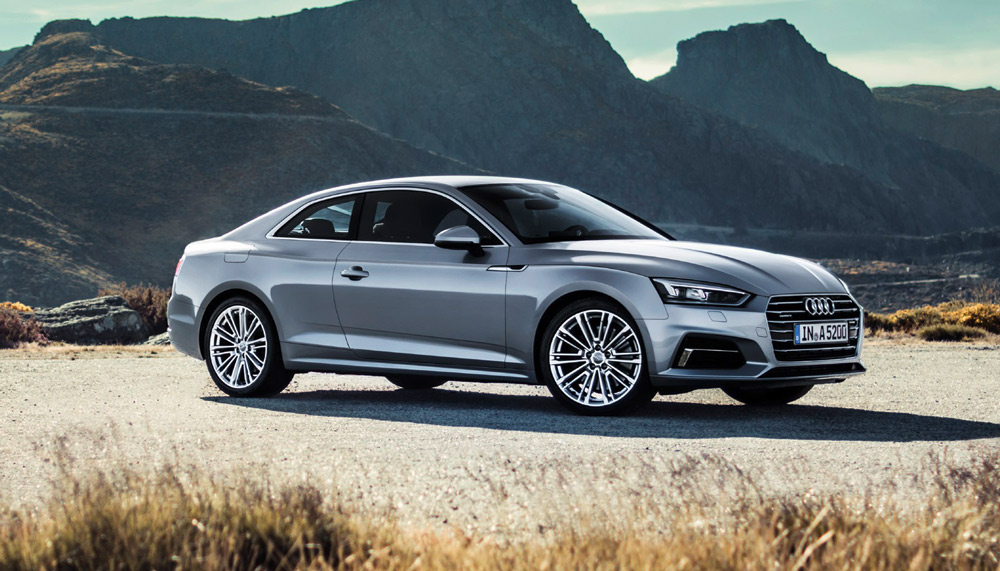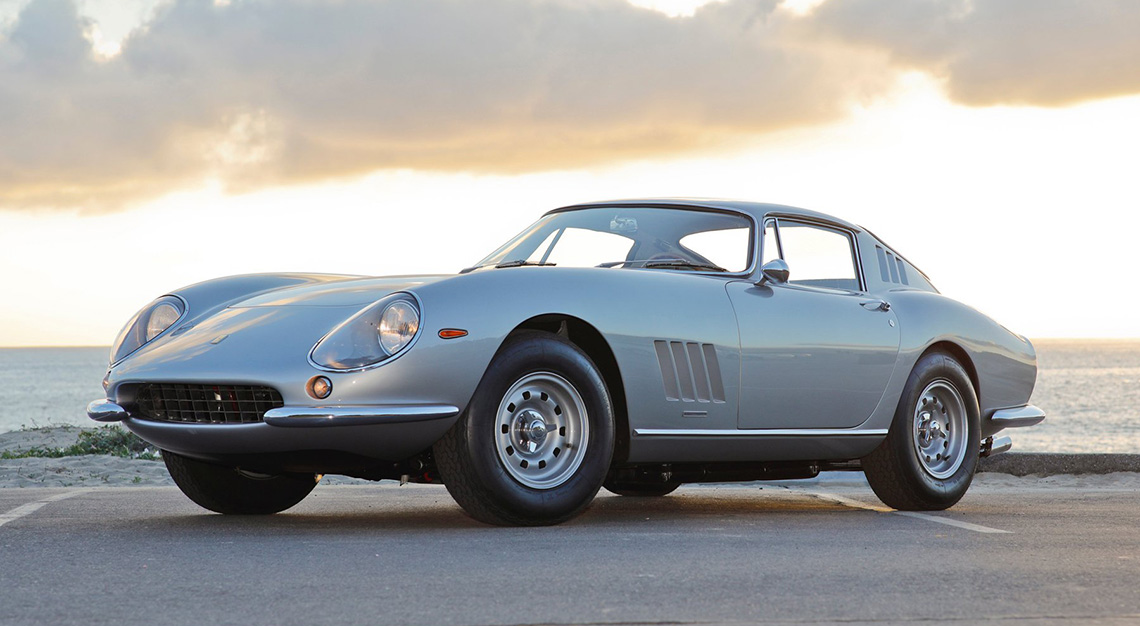Evoque-ative
The idea of a two-door, soft-top SUV isn’t new. The never-sold in-Singapore Nissan Murano CrossCabriolet made its debut in 2010 and the jeep (the vehicle, not the brand) has been available in a two-door convertible form since its inception during the twilight of the Second World War. Unfortunately, the jeep was too spartan and the Nissan, well, too ugly.
This brings us neatly to the Range Rover Evoque Convertible, which is luxurious and handsome. The only variant on offer here is the top-shelf HSE Dynamic, which means it comes standard with 19-inch wheels, adaptive cruise control, autonomous parking functionality, a 10.2-inch touchscreen infotainment system with integrated satellite navigation and a Meridian sound system.
A two-tone leather interior can also be specified at no cost, with additional interior upholstery colours available at a modest cost. It’s worth noting that the Convertible commands a S$30,000 premium over the equivalent hard-top Evoque, which comes with an identical drivetrain (a two-litre engine driving all four wheels through a nine-speed automatic transmission) and near-identical equipment list.
One of the main equipment differences between the pair is that the Convertible’s infotainment system has a 10.2-inch screen over the eight-inch found in the hard-top. That premium buys you the aforementioned, plus the heaping dose of style points that comes from the addition of a fabric roof and the subtraction of two doors. Yes, the Convertible is available in three-door form only, and if you have a hankering for a tin-roofed, three-door Evoque, you’ll have to place a special order with dealer Wearnes Automotive.
The premium also nets you a significant amount of re-engineering to its bodywork over the hard-top, and it’s clear that lopping off the roof and adding structural reinforcements were but the simplest tasks for Range Rover. The doors are now frameless, the rear haunches and deck now accommodate the stowed fabric roof and the tailgate is replaced by a conventional folding boot lid.
Engineering feats aside, the Evoque’s styling survives that transition to ragtop-hood remarkably well too. The Evoque, whether in convertible or fixed-roof form, is a looker. Unfortunately, the Convertible drives nowhere near as crisply as the hard-top. The roof is an important structural member and losing it means heavy bracing has to be added elsewhere to compensate.
Even then, it’ll never be as stiff as its fixed-roof sibling, so be prepared to accept a murmur through the chassis over uneven surfaces and fl ex when hitting bumps midcorner. The Convertible performs admirably there, even displaying hard-top levels of acoustic refinement. What’s unexpected is how much heavier the Convertible is over the hard-top Evoque – at 1,936kg, it’s 279kg heavier.
Those extra kilos are palpable, and to put it mildly, have an interesting effect on the way the Convertible handles. It manages to marry relatively compact exterior dimensions with high weight, making it feel incredibly dense for its size. Unlike the hard-top, that the Convertible heaves into corners and takes bends quickly with any semblance of aggression is not for the faint of heart.
Thankfully, the 240bhp its turbocharged powerplant delivers is still more than capable of shifting the Convertible’s mass around, and it will complete the century sprint in a respectable 8.6 seconds, a second off the equivalent hard-top Evoque.
As with all soft-tops, the Evoque Convertible isn’t for everybody, but then again, nobody ever said convertibles were for the everyman.
